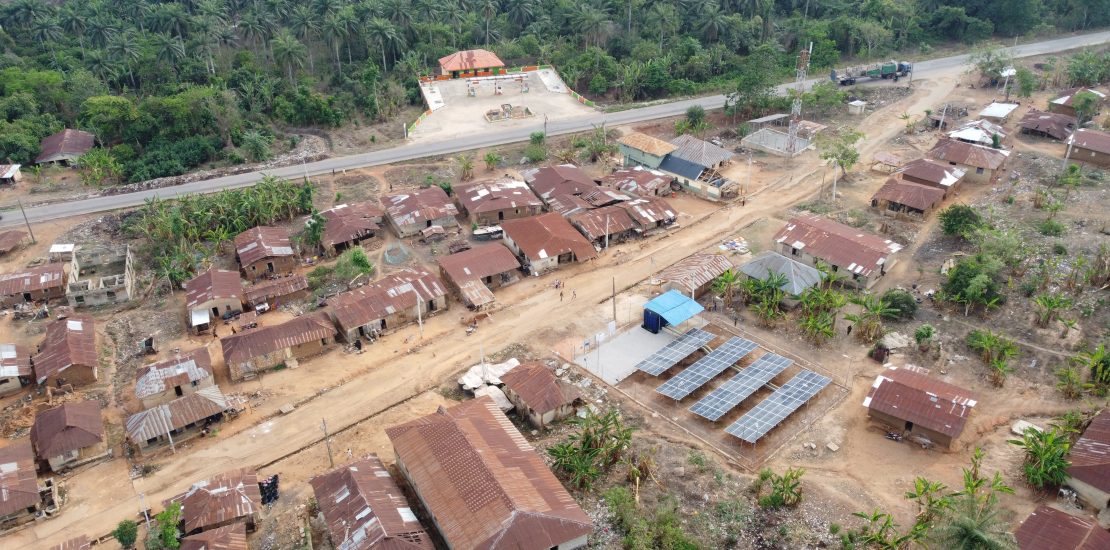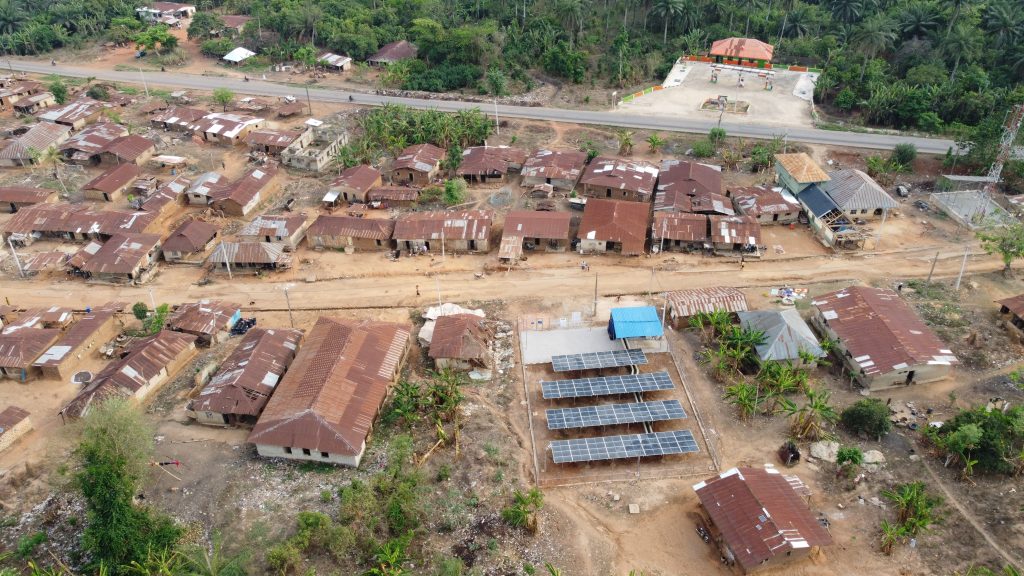- September 29, 2025
- Posted by: Havenhill
- Category: Blog

When developers consider deploying a mini-grid in a rural community, the first questions often focus on demand, population, and economics. But the truth is, social and cultural factors can make or break a project.
Communities are not just energy consumers – they are partners in ensuring long-term success. Here are six non-technical factors to consider when selecting communities for mini-grid deployment.
1. Leadership and Governance Structures
Strong, respected local leadership is critical. Communities with organised governance (traditional rulers, town unions, or cooperative groups) show smoother adoption because leaders can mobilise support, manage disputes, and encourage accountability in payment and usage. Also, a strong structure also helps with prompt conflict resolution if and when they arise. Note that this may not always be the case, as these governance structures can be bureaucratic and slow down adoption processes in some communities.
2. Willingness to Pay and Trust in Providers
Technical feasibility means little if people don’t believe in the project. Communities that have had negative experiences with unreliable services (such as failed government projects) may be sceptical. Early engagement and transparent communication build trust and willingness to pay.
3. Community Cohesion and Participation
A divided community can delay or derail a project. Developers should assess how inclusive and cooperative the community is. Projects where women, youth, and small business owners are actively involved in discussions often see higher participation and ownership.

4. Cultural Attitudes Toward Technology
In some areas, cultural or religious beliefs may affect how people perceive new technology. Understanding these dynamics upfront helps developers design sensitisation campaigns that bridge knowledge gaps and encourage acceptance.
5. Security and Infrastructure Protection
Theft and vandalism are real risks. Communities that show a strong sense of collective responsibility and local security structures are more likely to protect infrastructure, ensuring system longevity.
6. Long-Term Vision for Growth
Communities where people see electricity as more than “just light” tend to maximise impact. If locals are already discussing business expansion, agro-processing, or digital learning, they are likely to embrace electricity for productive use, making the mini-grid more sustainable. Such communities that have maximised the presence of electricity have positioned themselves to attract migrants as seen in this video.
READ ALSO: Understanding Load Management in Solar Mini-Grids: Why It Matters
Mini-grids are more than wires and panels; they are community partnerships. By looking beyond demand and considering social and cultural dynamics, developers can identify locations where projects don’t just work, they thrive.
At Havenhill Synergy, we’ve learned that community buy-in is just as important as technical design, and it’s what ensures that energy access translates into lasting impact.
Want to learn more about mini-grids? Join our community of renewable energy enthusiasts. Get the latest updates and stories by subscribing to our NEWSLETTER!
